Introduction
Content comes in various formats, how-to guides, quick tips, roundups, infographics, ebooks, and whitepapers. But research is consistently hailed as the most effective form of content.
We’re not talking about some online searching to build a case for a new blog post. We’re talking original, primary research - with your name on it. It’s speaking to real people and capturing insights to engage and inspire your ideal customers. And position your company as an authoritative voice in your industry.
Of course, it involves more work than creating a blog post or eBook, where in comparison, the work required before you hit the publish button is minimal.
But with contract manufacturing market growth, your company needs to stand out from the crowd. Original research can help you do that. You may recruit the services of a market research consultant or a marketing agency. But doing the research yourself is not as onerous as you might think. And with this guide, we aim to show you how.
Specifically, this guide provides a detailed guide on conducting research for your contract manufacturing business. We’ll also show you how to turn your research into compelling content to raise brand awareness and build trust with your ideal customers.
We will cover:
- The case for research content
- An overview of research methodologies
- Seven steps to doing your research
-
How to use your research to generate content
The case for research content
When done well, original research can garner more shares and likes than any other form of content. Why? Because it’s new and unique. How-to’s, tips, and trends have often been done before. But original research instantly makes you stand out.
Moreover, statistics are a great way to capture people’s attention. Research shows that LinkedIn captions with statistics get 162% more impressions and a 37% higher click-through rate.
Sharing new, original research helps position you as a thought leader and an expert in your field, helping you build trust and credibility. You get to grow your network, too. Research involvement gives you a great reason to connect with prospective customers and build awareness for your brand and yourself.
Research provides a snapshot of what’s happening at a specific time. And it can be revisited over and again. By repeating your research year after year, you can continue to grip your audience.
Companies like HubSpot and CMI have published research yearly in the content marketing industry for over a decade. They’ve built a name for themselves as thought leaders, with articles discussing industry trends often citing data from their reports.
It’s not just the big corporations doing research. For example, Orbit Media Studios’ research on blogging trends has become a much-anticipated source of information about blogging and content marketing.
It’s possible to use research in the same way. It doesn’t have to be large scale. One statistic that strikes a chord with your ideal customers can help you stand out.
Now that we’ve made the case for creating original research content, we can explore research methodologies and how to do it yourself.
An introduction to research methodologies
Primarily research can be broadly split into two methodologies: Quantitative and qualitative.
Quantitative Research
Quantitative research is used to measure, or ‘quantify’, behaviours, attitudes, opinions and other defined variables to produce numerical statistics. Surveys are the most common way of collecting quantitative data. Whether conducted online, by phone, or in person, surveys ask the same questions in a structured format to many people.
Qualitative Research
Qualitative research is used to uncover trends in thoughts, behaviours, and opinions and the reasons behind them. In other words, it explores what people think and why they think it. It does not involve numbers or numerical data. Data is typically collected by talking to people in one-to-one interviews or focus groups, carried out in person or online.
So which is best?
Your research content needs to attract and engage your ideal customers. In this case, quantitative research is often more suitable because it yields statistics. And as statistics are clear, tangible, and memorable, they can impact your audience. Online surveys enable you to reach a large number of people with ease. And the more people you can base your research findings on, the more powerful it becomes.
While not typically used to create research content, there is a great deal of potential for qualitative research to be leveraged in other areas of your marketing. It can help shape buyer personas or get customer feedback on new products and services.
The next section of this guide is on how to conduct quantitative research.

Eight steps to doing research
The following eight steps will provide you with a clear framework for carrying out your research.
1. Define your focus
Your first step is to determine the focus of your research. You may already have an idea or two up your sleeve. Perhaps you have burning questions about your industry that you want to answer. If you haven’t, look at what’s currently being discussed in your industry. How can you contribute to the conversation? What challenges are people facing? Are there any trends emerging?
As Andy Crestodina at Orbit Media puts it:
“In every industry, there are common statements. But they aren’t backed up with data. We call these gaps ‘missing stats’, and they are ripe for research. If you can find this gap in your industry and produce the research that fills it, you’ll have something truly share-worthy, link-worthy and press-worthy.”
Your goal is to find the gap that will bring something new to the conversation and, in doing so, encourage your ideal customers to connect with you.
2. Set clear objectives
You’ve identified your overarching topic. Now it’s time to set your objectives. In other words, the aims of your research. For example, your research aims to identify trends in outsourcing manufacturing or explore the OEM’s journey when selecting a new supplier. Now you can drill down further into the issues you must cover to achieve that aim.
Your objectives may end up looking something like this:
“The research aims to understand the OEM’s journey when selecting a new outsourced partner.”
We will seek to identify:
- The key touch points in the journey
- How long buyers spend researching options
- The factors driving decision making
Having clear objectives will make it easier to generate questions for your survey. It also serves as a useful reminder of what you want to achieve when you come to analyse the responses.
3. Define your respondents
Next, you need to determine the types of people you want to speak to. To understand how manufacturers research and choose suppliers, you should speak to Procurement Directors or Operations Managers at OEMs.
Generally speaking, the more people you can survey, the better. Research based on a larger sample size is more credible and will hold up better to scrutiny. It won't have as much impact if you identify an interesting new trend but only survey 20 people.
In the research world, a minimum sample size of 100 people is required for your data to be statistically reliable. And if you want to break down your sample into different groups based on the size of the company or any other variables, then you will want to aim for at least double this amount.
4. Design your survey
Here’s where you will need to have your research objectives to hand.
It may be tempting to unload all your burning questions and call it a day. But a better approach is to think about your questions from the viewpoint of what you want to learn, i.e. your objectives. This way, you will ensure the information you collect will be meaningful.
Surveys are also not just about yes and no questions. You can use many question types, each impacting the answers you get and the analysis you can do. Here are some types of questions you may consider using:
Multiple choice questions
Respondents choose from a fixed list of answers. They can select only one answer from the list (single response) or as many answers as they like (multi-response).
-
Single response example: Do you currently outsource your manufacturing operation? Select one from the following: Yes - all, some, and No.
-
Multi-response example: Which locations do you operate in? Select all that apply: Europe, North America, Latin America, Asia-Pacific, The Middle East, Africa, Australasia
Rating scales
Respondents select a single rating along a scale of possible choices. These questions give you a more precise measure of people‘s thoughts than a yes/no or multiple-choice question. Typically a scale of 1-5 or 1-7 is used.
Example: On a scale of 1 to 5, how satisfied are you with your current outsourcing partner? 1 - Very satisfied, 2 - Quite satisfied, 3 - Neither satisfied nor dissatisfied, 4 - Quite dissatisfied, 5 - Very dissatisfied
- Open-ended questions: Respondents type their answers into a comment box. You may use an open-ended question to follow up on an earlier question. For example, if you asked the rating scale example question above, you might follow up with, ‘Please tell us why you are very dissatisfied with your current outsourcing partner.’
When it comes to survey length, it’s important to find the right balance between asking enough questions to capture everything you need and not making it so long that your respondents lose interest. The ‘sweet spot’ is generally around 5-10 minutes.
Survey writing tips
DO
- Keep it simple - ask clear, straightforward questions
- Avoid jargon - speak in the language of those completing the survey
- Use a mix of questions - e.g. multiple choice, rating scale, and ideally, a couple of open-ended questions where a deeper or spontaneous response may be useful
- Be specific - e.g. if you are asking how regularly they do something, explain what you mean by ‘regularly’ - multiple times a day, a few times a week?
- Order your questions, so they make sense to the respondent - generally, a funnel approach is advised, with broad and general questions first, then more specific questions asked later
DON’T
- Ask more than one thing in one question - e.g. ‘Which method of communication do you prefer and use most often?’ may be hard to answer - the one they use most often may not be the one they prefer.
- Ask leading questions - avoid asserting your opinion into the question, and keep the tone balanced, so respondents don’t feel directed to a particular response.
- Force an answer - think carefully about your answers, e.g. if asking a simple yes/no question, do you need a ‘don’t know’ option?
5. Create the survey
Now that you’ve got your questions; you need to get your survey up and running.
There are plenty of online platforms that allow you to create and publish online surveys. Survey Monkey, Alchemer and Typeform are just a few examples. All you need to do is sign up and follow the instructions to add your questions.
Most of these platforms allow users to complete the survey on any device. You can also customise the survey by adding your company logo and branding. This will make it look more credible and help create awareness of your company.
Once you’ve created your survey, recruit some of your colleagues to test it. Are there any questions that aren’t clear? Do the questions flow intuitively? This will allow you to iron out any issues before launch.
6. Execute the research
Your survey is now ready to go. The most obvious people to send it to will be your database of customers and prospects. You could also add it as a call to action on your website or share it on social media.
But it’s also a good idea to use an online panel. An online panel is composed of people who have expressed willingness to participate in research and is the easiest way to get your survey out to many people. And the more people that complete your survey, the more robust your findings will be.
Dynata, for example, has one of the largest dedicated B2B panels, with access to over 1.5 million B2B decision-makers globally across various industries.
You provide the panel provider with criteria detailing the type of people you want to target. And they will send your survey out on your behalf to the relevant people within their database.
Some panel providers offer a full-service package and will host the survey for you. You don‘t have to use a survey platform to create it yourself. It can be costly but is a good option if you want to relieve some of the impacts on internal resources.
7. Analyse the data
Once you are happy with the number of people that have completed your survey, you can start analysing the responses.
Platforms like Survey Monkey make it easy for you to see your responses. You can generate statistical data at a click of a button. You can download Excel files with all the data if you wish to do further analysis. You may also use more specialist programmes like Python to uncover deeper insights.
8. Tell the story
Your research report shouldn’t only consist of numbers and percentages. You need to identify emerging themes and key takeouts. That way, you can create a story that will resonate with your audience.
Look back at your research objectives and address these in your report. Keep it clear and concise. And use charts and images, and text to help bring the research to life.
Now that you have collected your data and pulled it into a research report, you can use it to generate multiple pieces of content. In the next section, we provide ideas on how to do this.

Turning your research into engaging content
The greatest thing about research is that you can package it up in many ways. You can repurpose your research into multiple pieces of content - However you like, for as long as you like.
Here are some ideas:
Blogs: Your research will give you lots of material for blog posts. Take an element of the research, a key finding, and discuss what it means for your industry. Provide a link to the landing page to download the full report as a CTA at the bottom of the blog post.
Social media posts: Share a key finding from the research on social media. Link the post to the full research report or a blog article discussing the in-depth finding.
Infographics: Make your research instantly more impactful and digestible by creating an infographic and sharing it on your social platforms.
eBooks and Whitepapers: Use a key point from your research to anchor a whitepaper or eBook offering tips and strategies on a topic in your area of expertise.
Videos: Provide videos and vlogs for those who prefer to see a visual and interactive summary rather than read a report. You could create a long version that tells the full research story, a shorter version with key highlights, and a CTA to download the full report.
Webinars: Use the research to identify a problem or opportunity and have experts within your company provide advice on the topic.
Podcasts: Share the findings in a podcast. Invite industry experts or a ‘voice of the customer’ to create more discussion.
Press and blogger coverage: Original, independent research on important industry topics may feature in marketing and business media. Getting the media to engage with your research will allow it to reach a wider audience.
Once you have developed the content, how it’s promoted and distributed can make or break its impact. So it’s important to plan an effective promotion strategy.

Conclusion
Research is one of the most effective forms of content. This guide has provided you with a step-by-step guide on how to do your own research.
Doing your own research gives you an opportunity to make noise in your industry and position yourself as a thought leader. You can turn your research into multiple pieces of content to attract and engage your ideal customers - and grow your business.
Equinet Media is a specialist inbound marketing agency operating in the contract manufacturing sector. We lead with strategy before tactics, and deliver everything we do through an agile process. If we can help you with any aspects of your inbound activity, or if you want to discuss anything in this guide, set up a consultation.



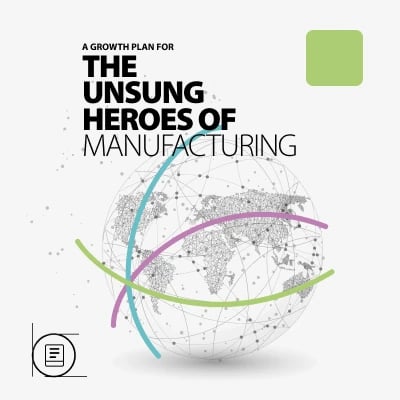
.png?width=800&height=800&name=A-review-of-the-seven-common-mistakes-title%20(1).png)
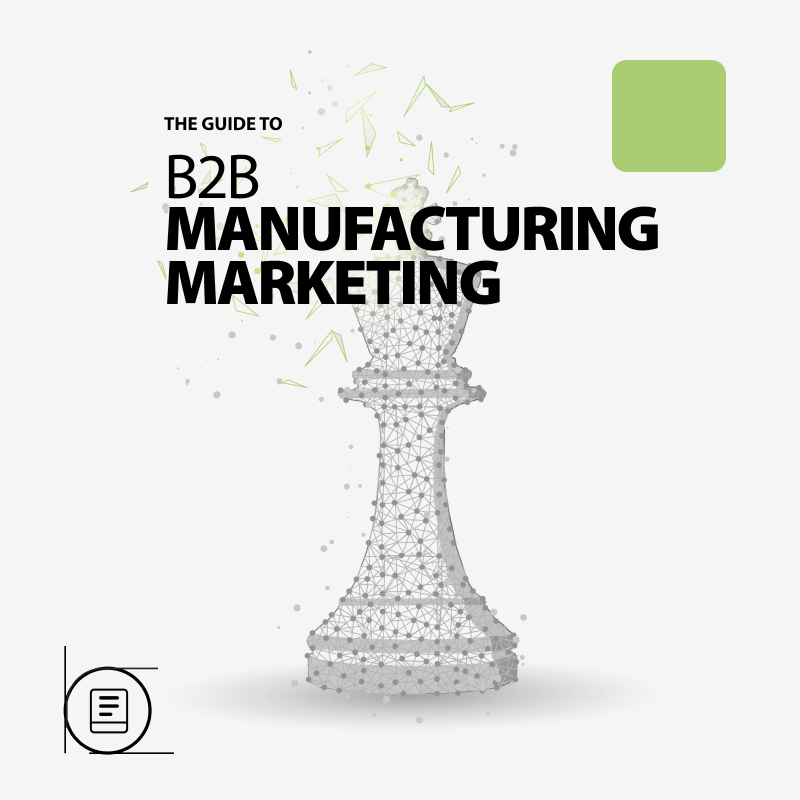
.png?width=400&height=400&name=B2B%20Content%20Research%20Cover%20test1%20(1).png)

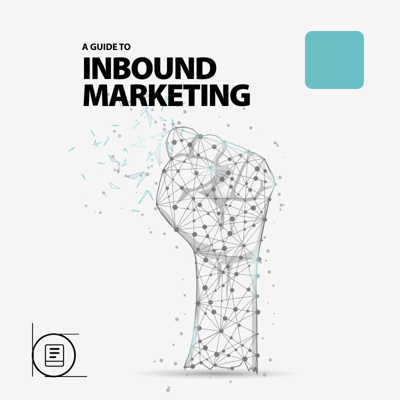
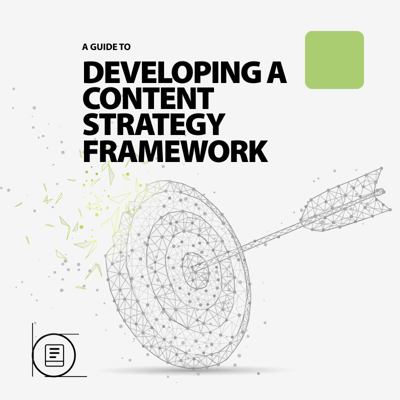

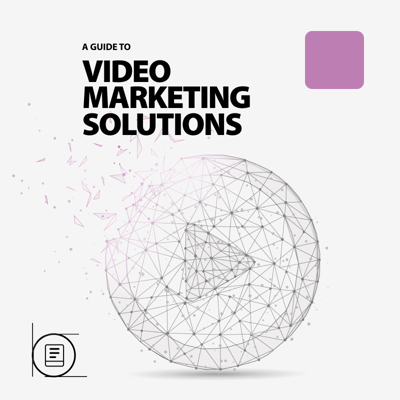
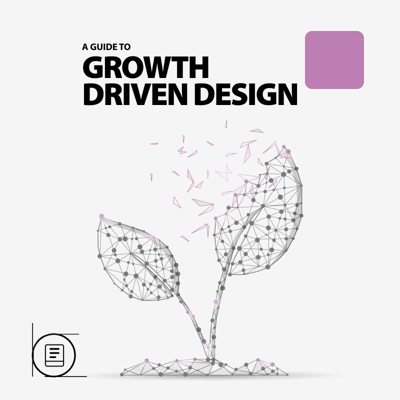
.png?width=400&height=400&name=CRM%20Optimisation%20(1).png)
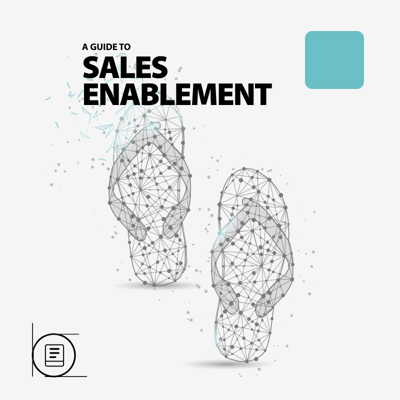

.png?width=800&height=800&name=7%20Threats%20to%20Contract%20Manufacturers%20(1).png)